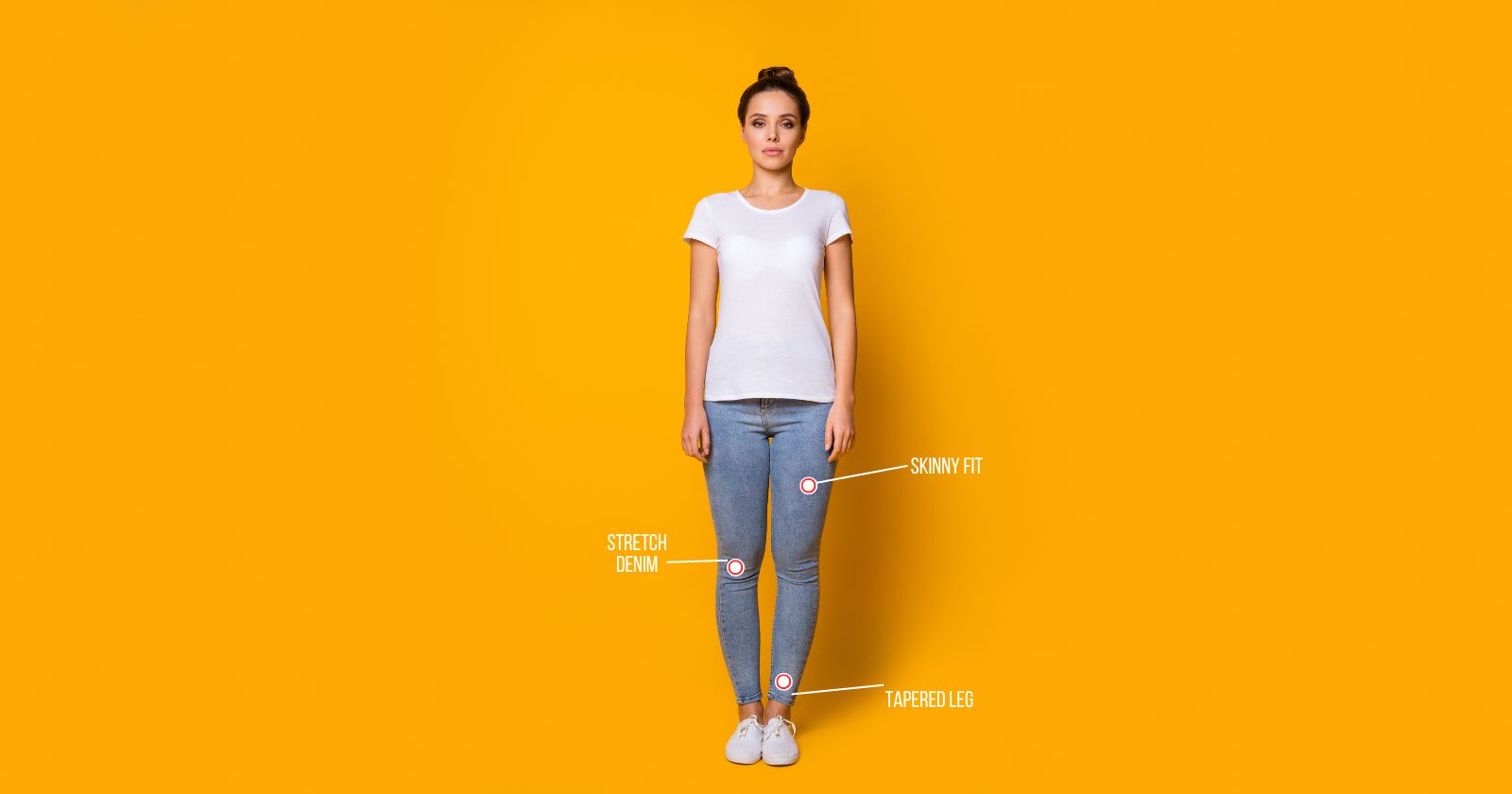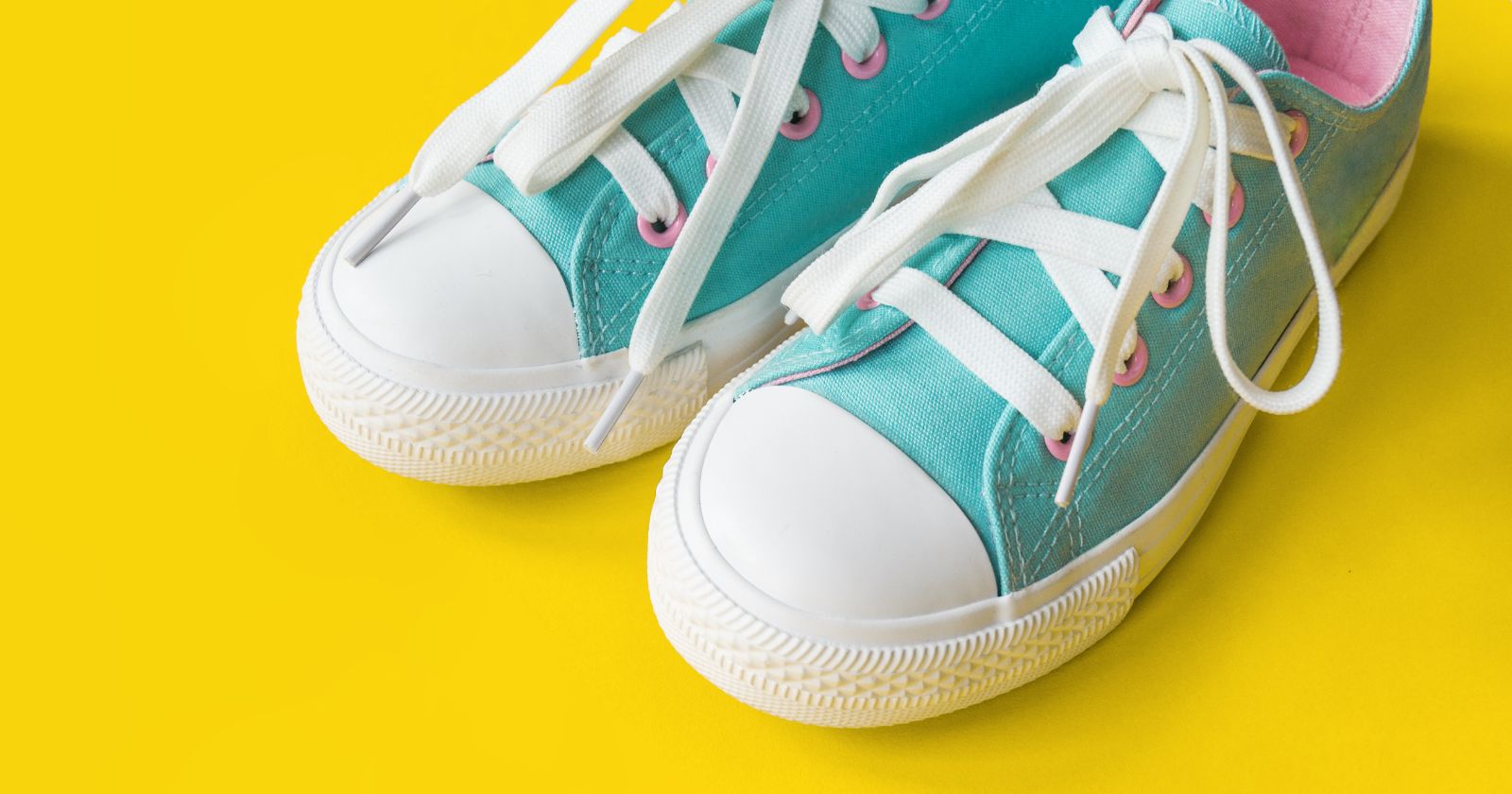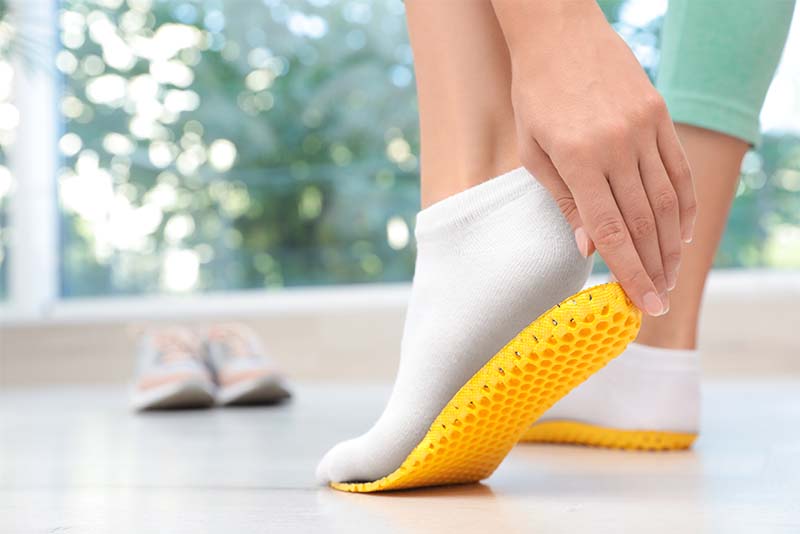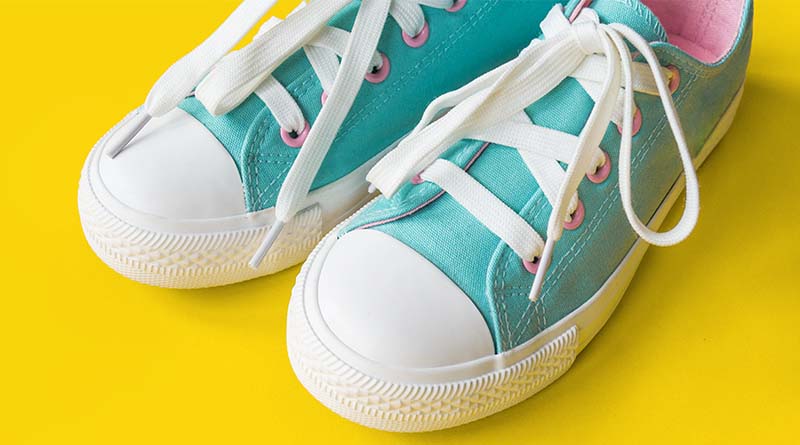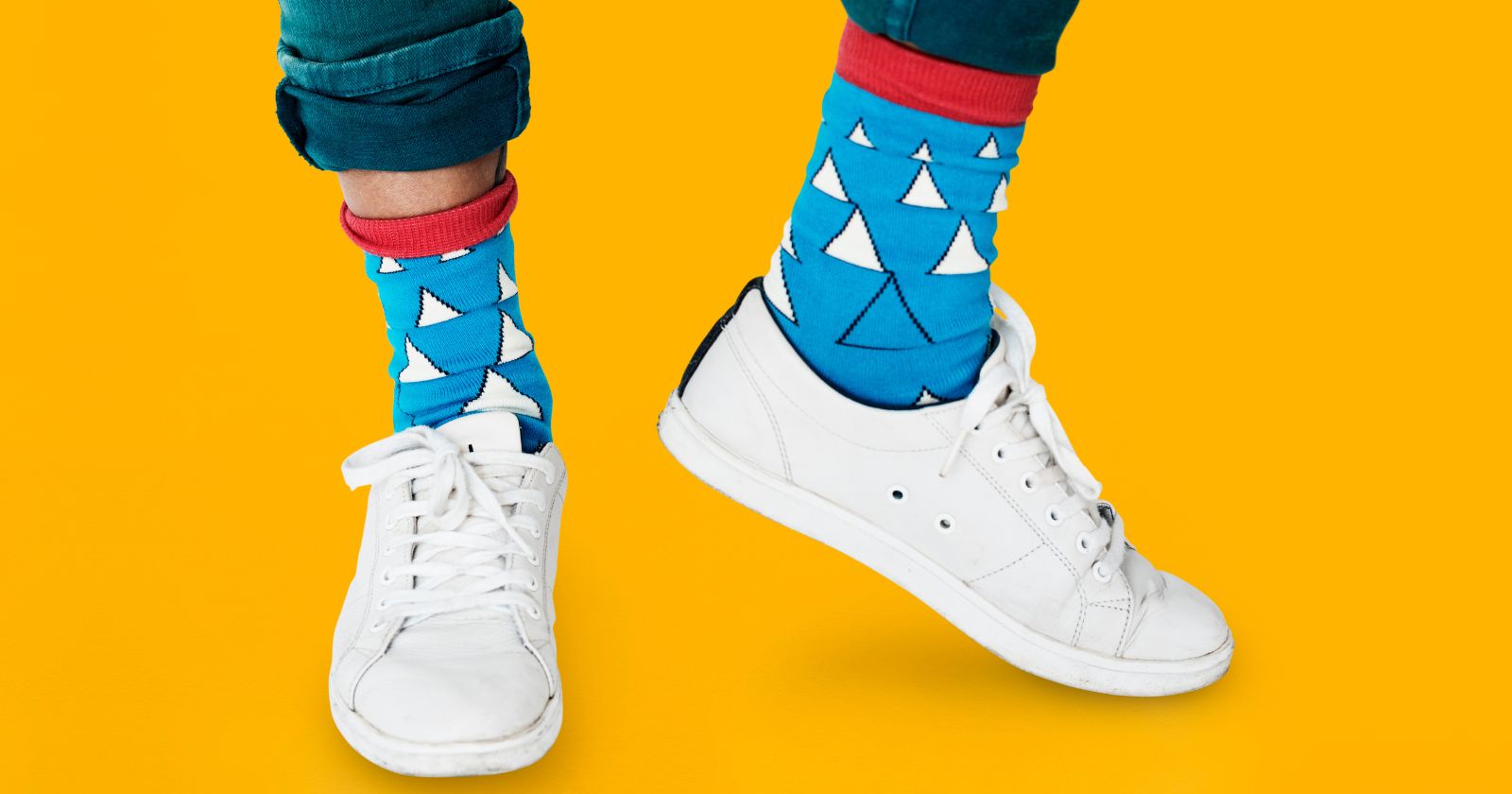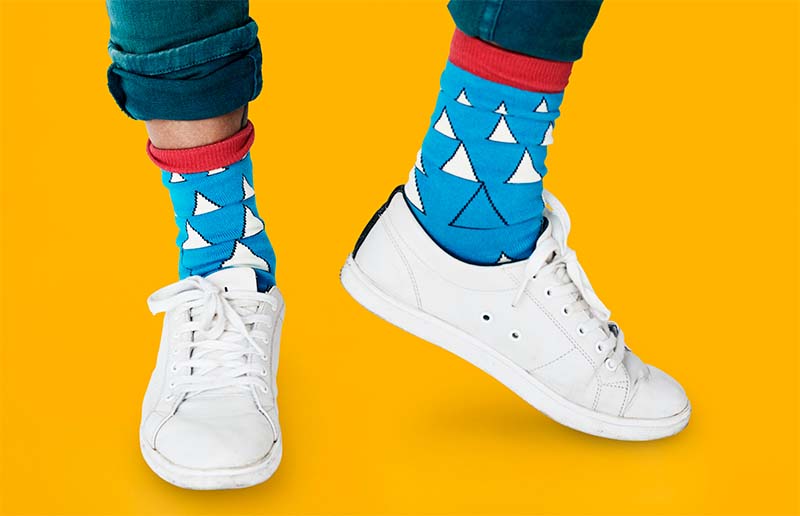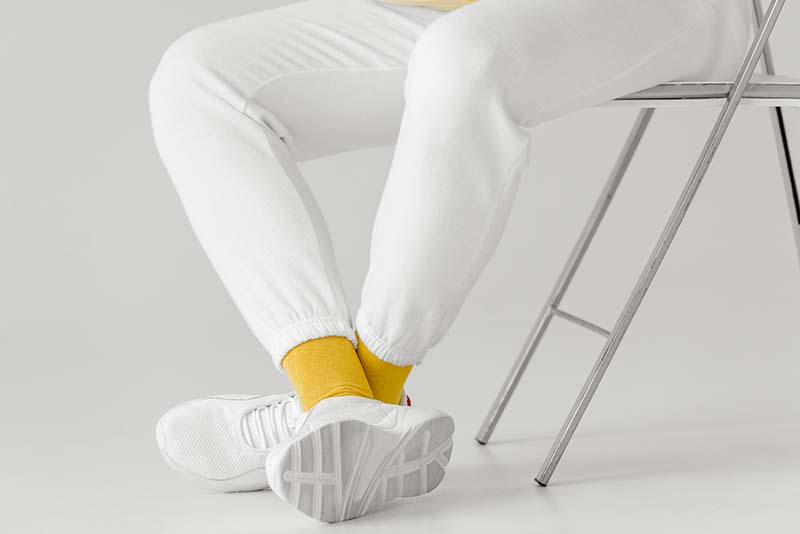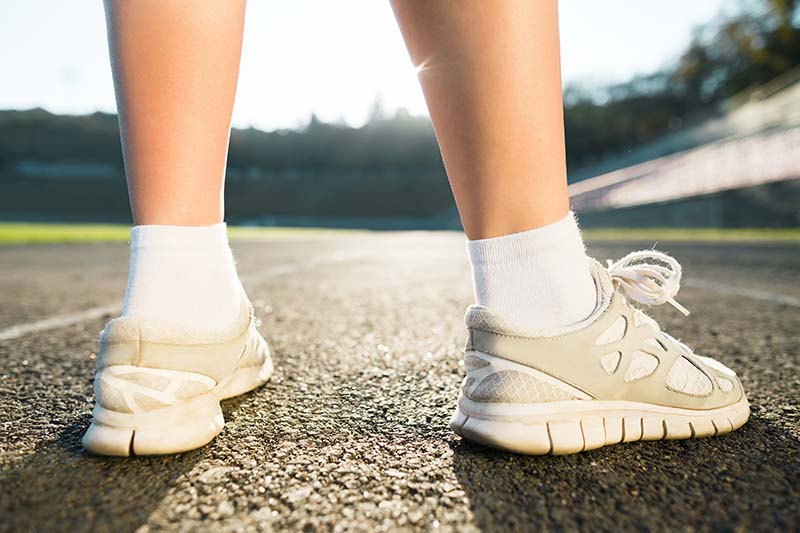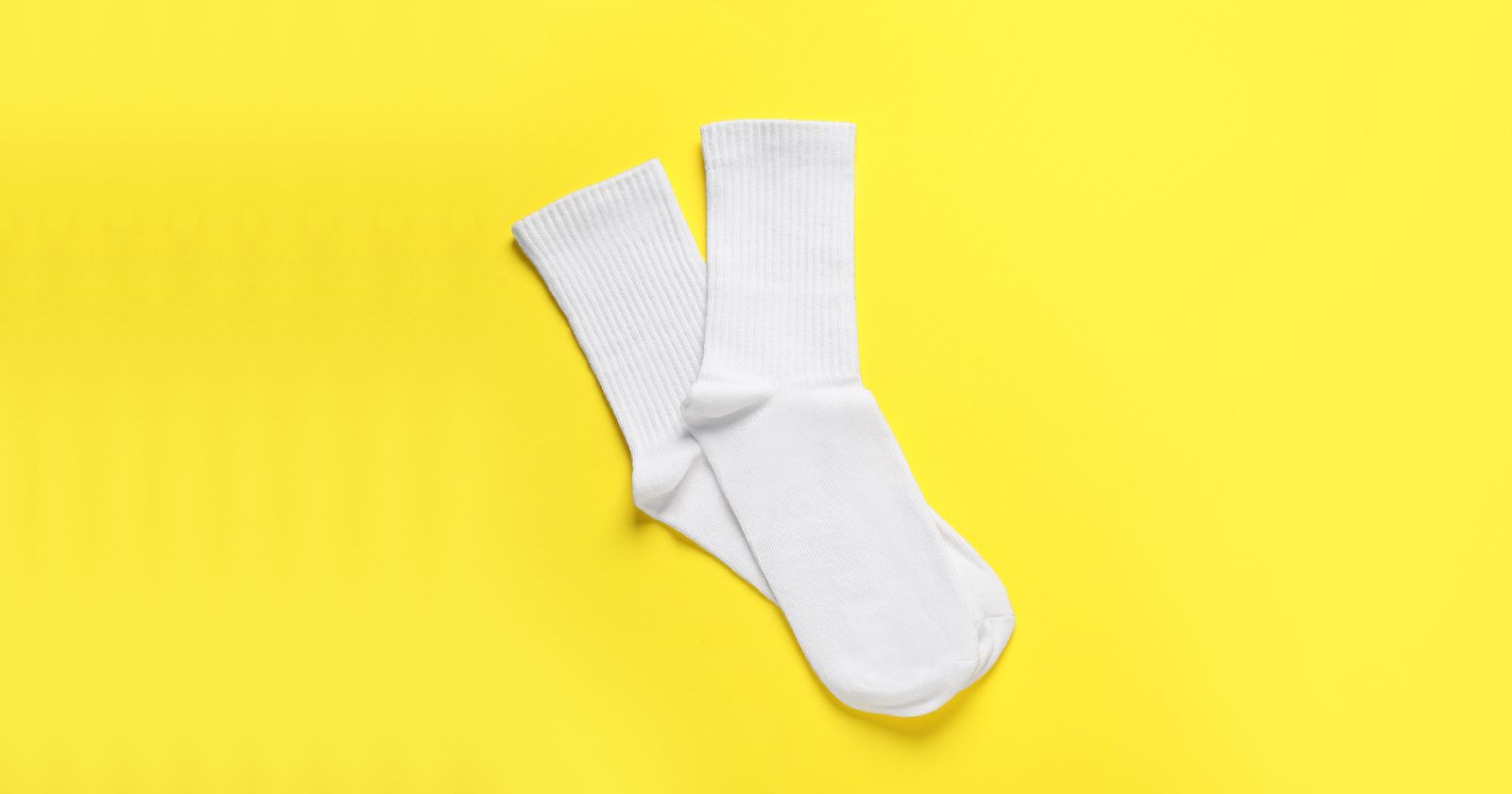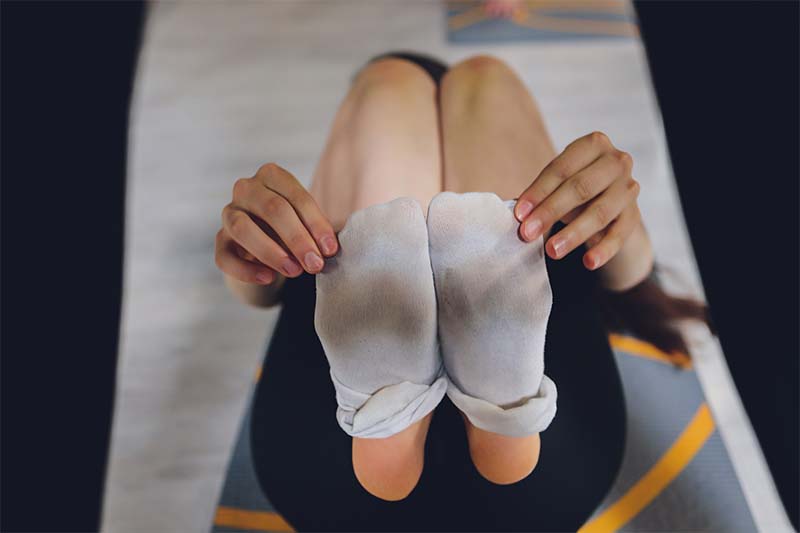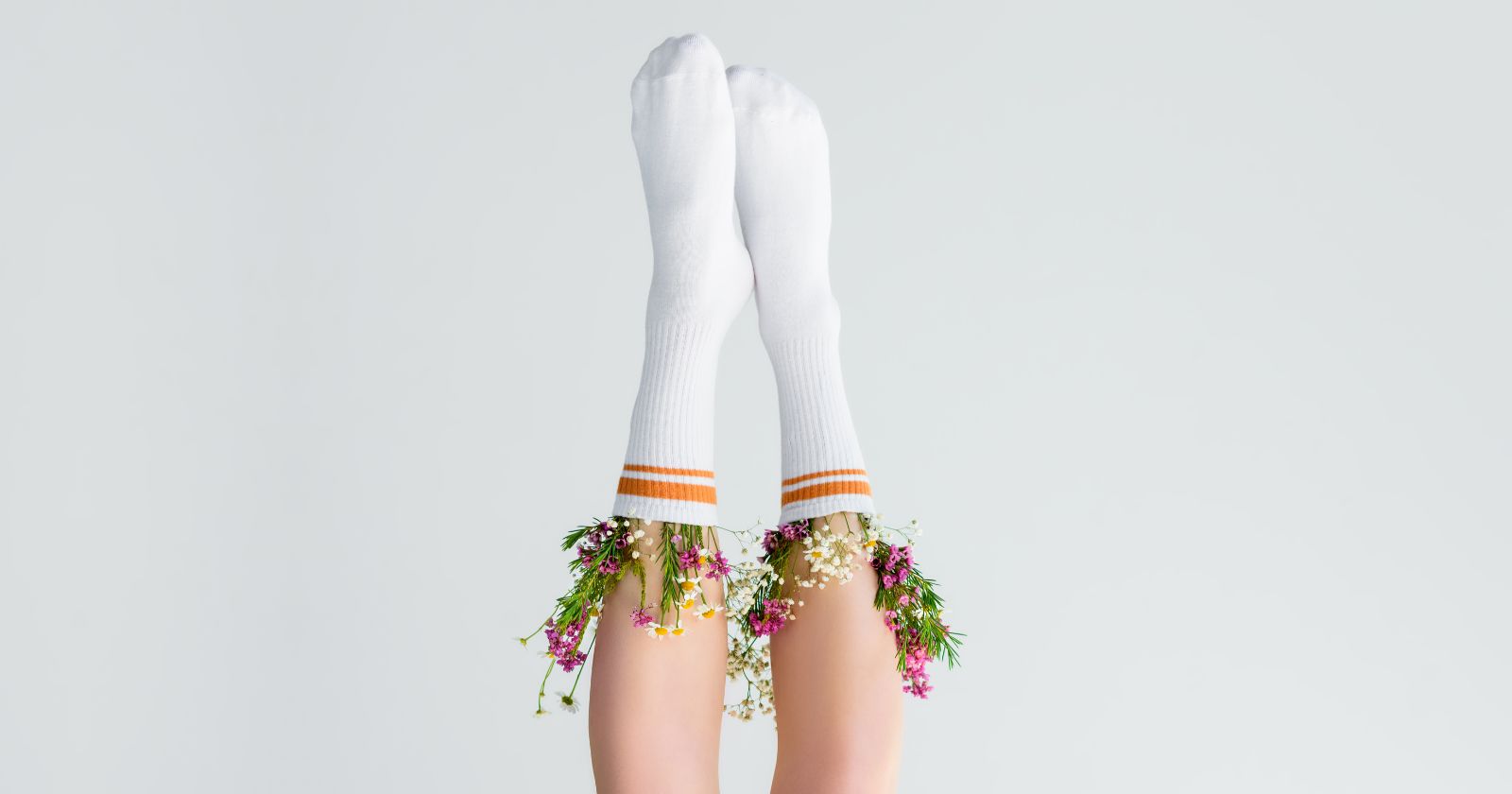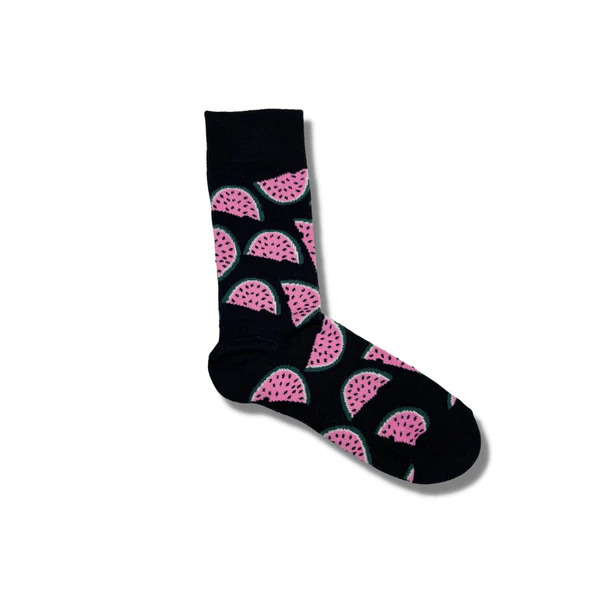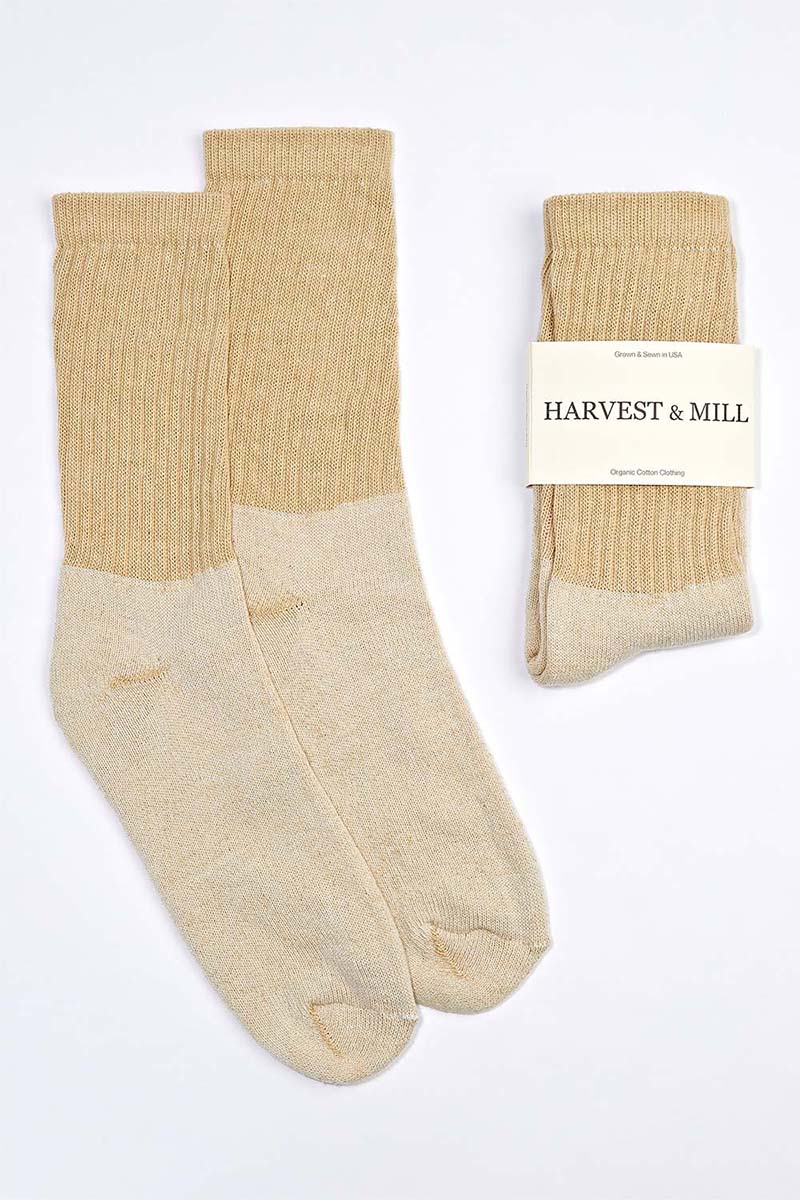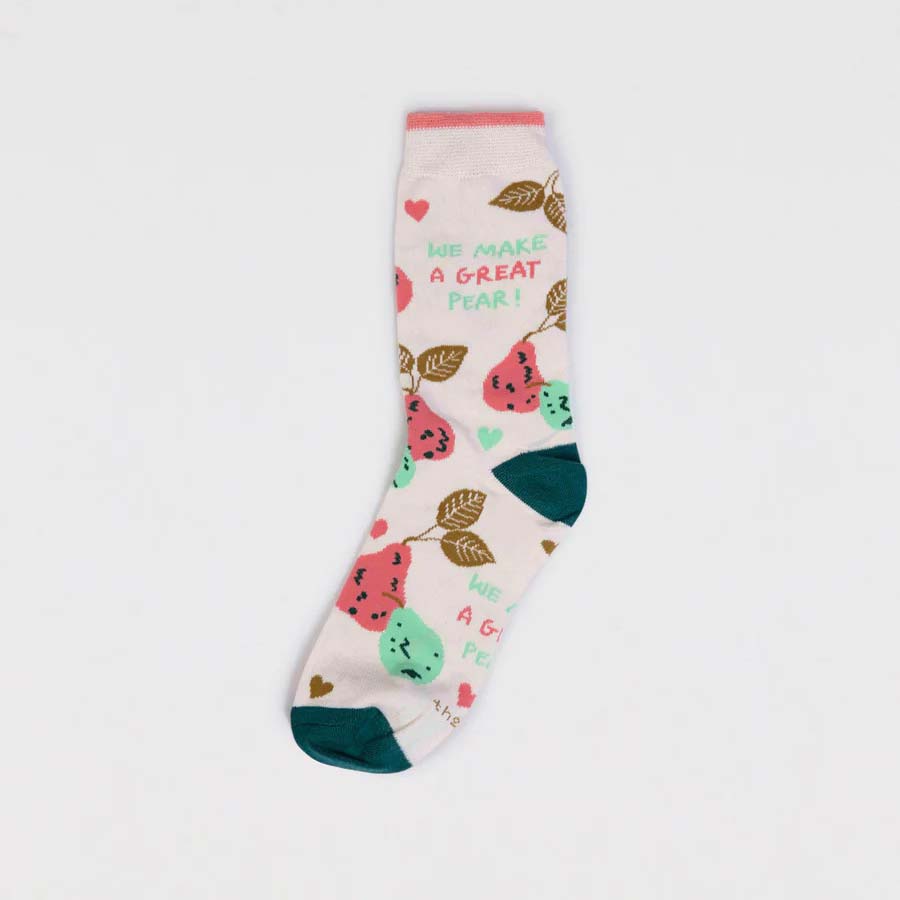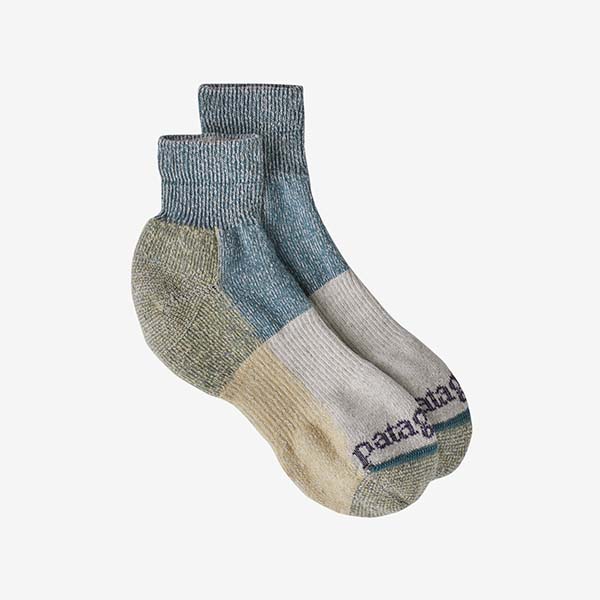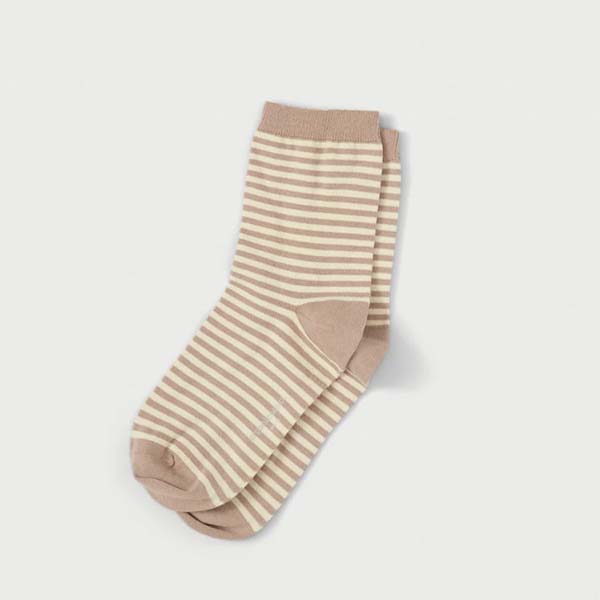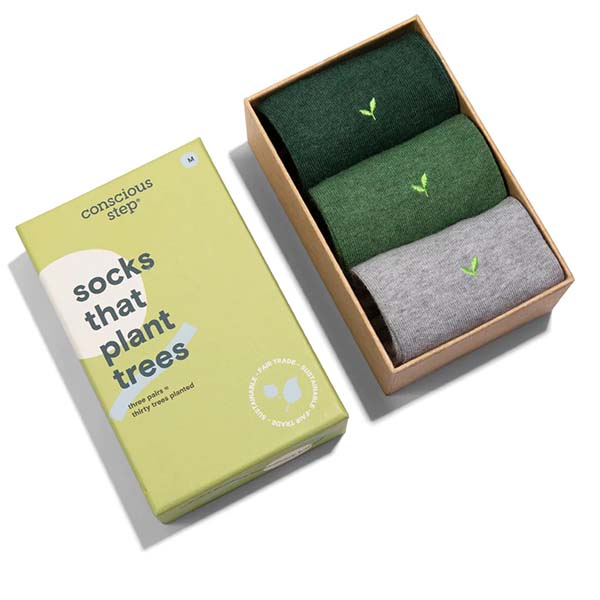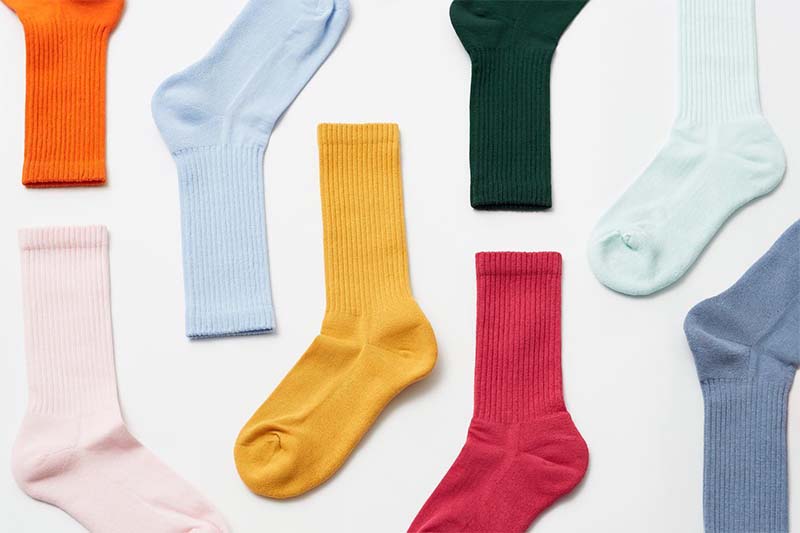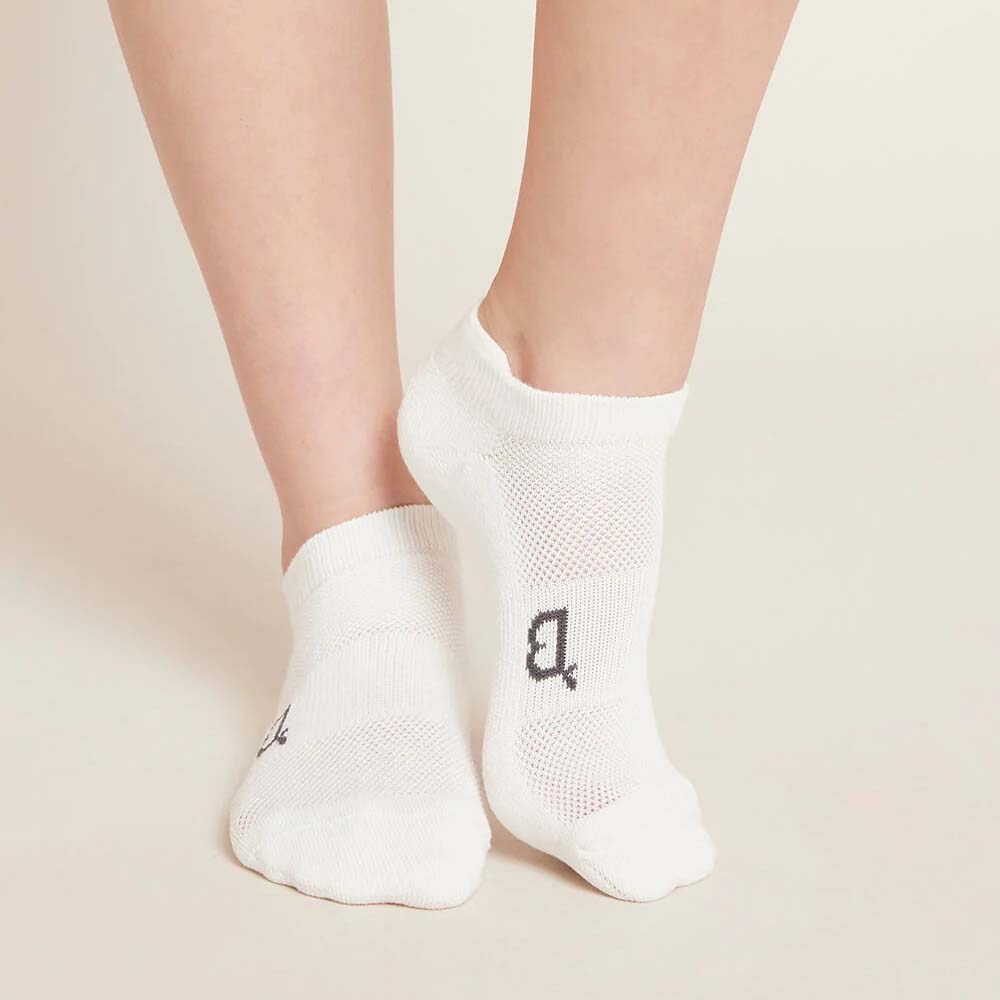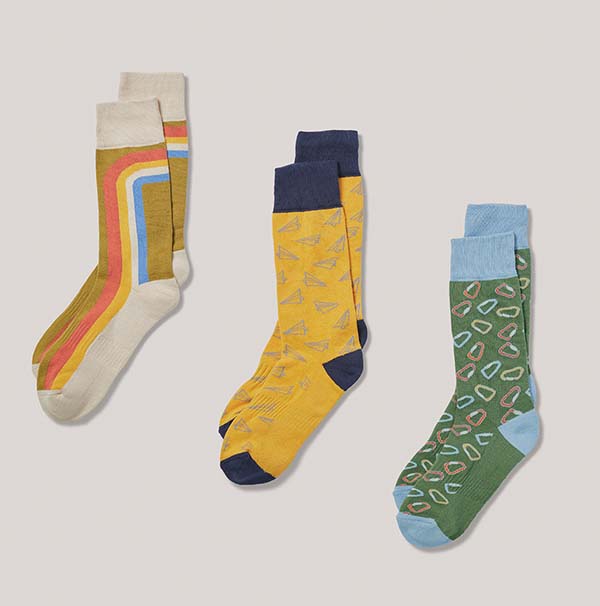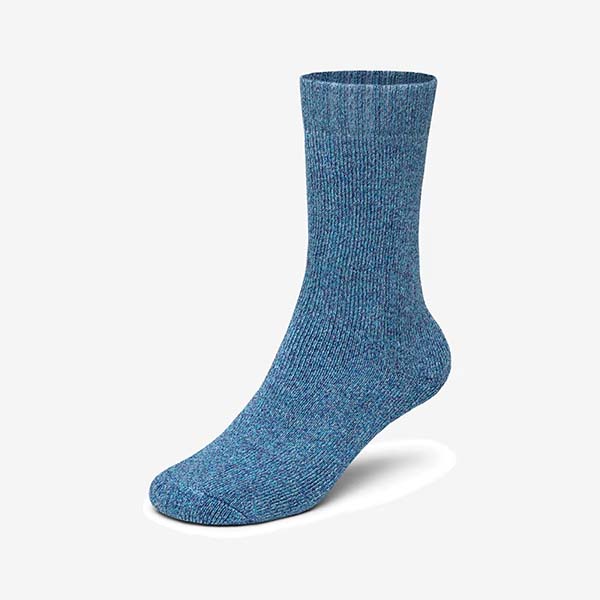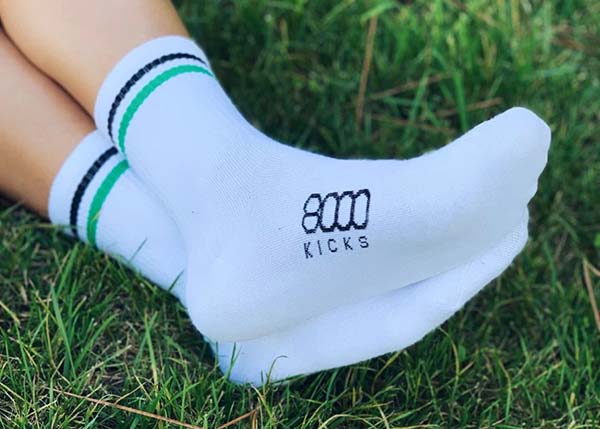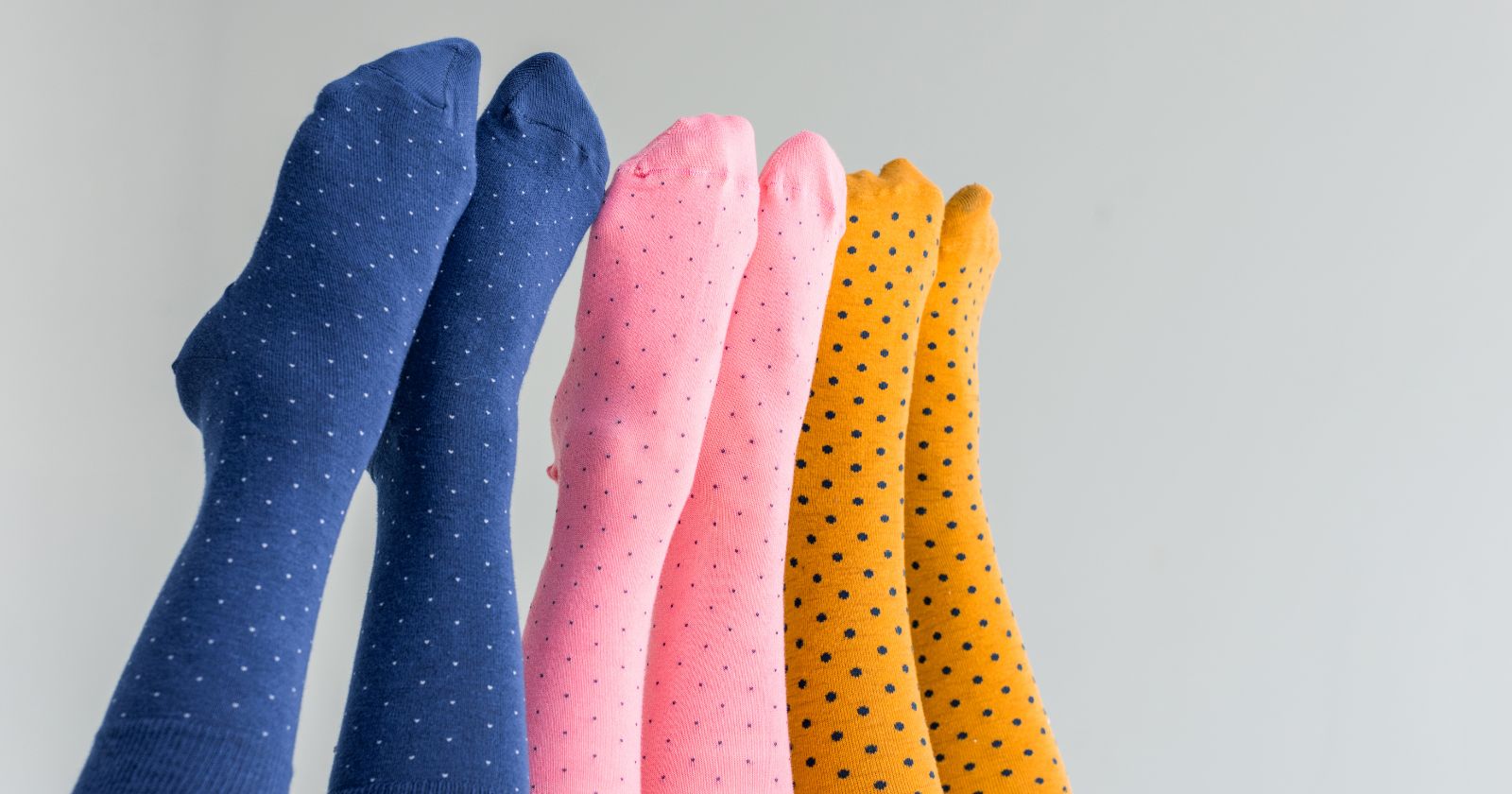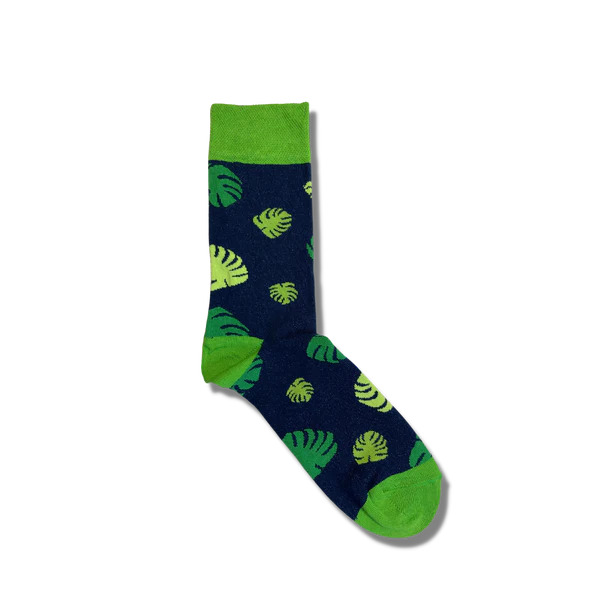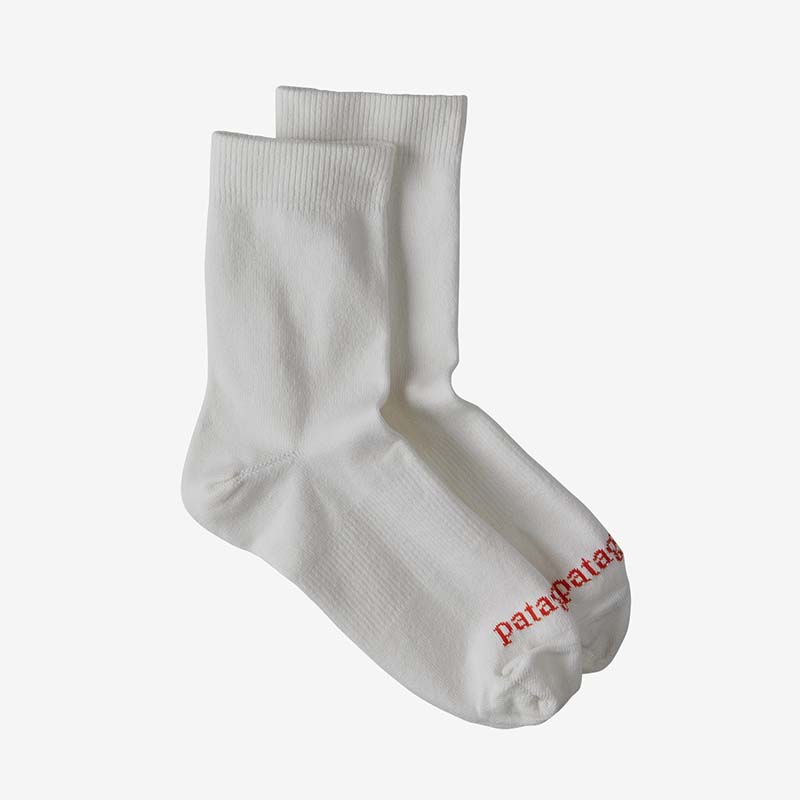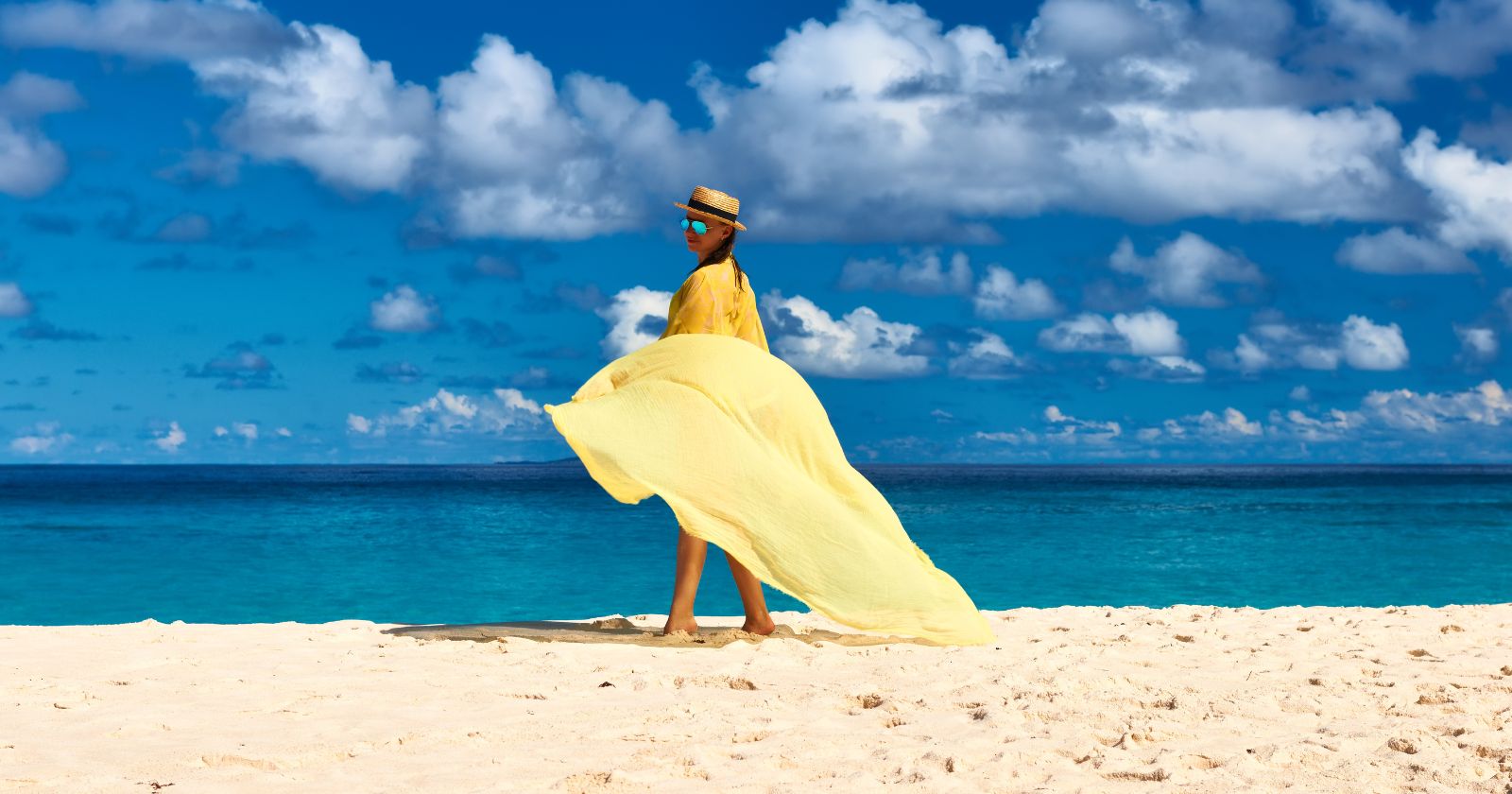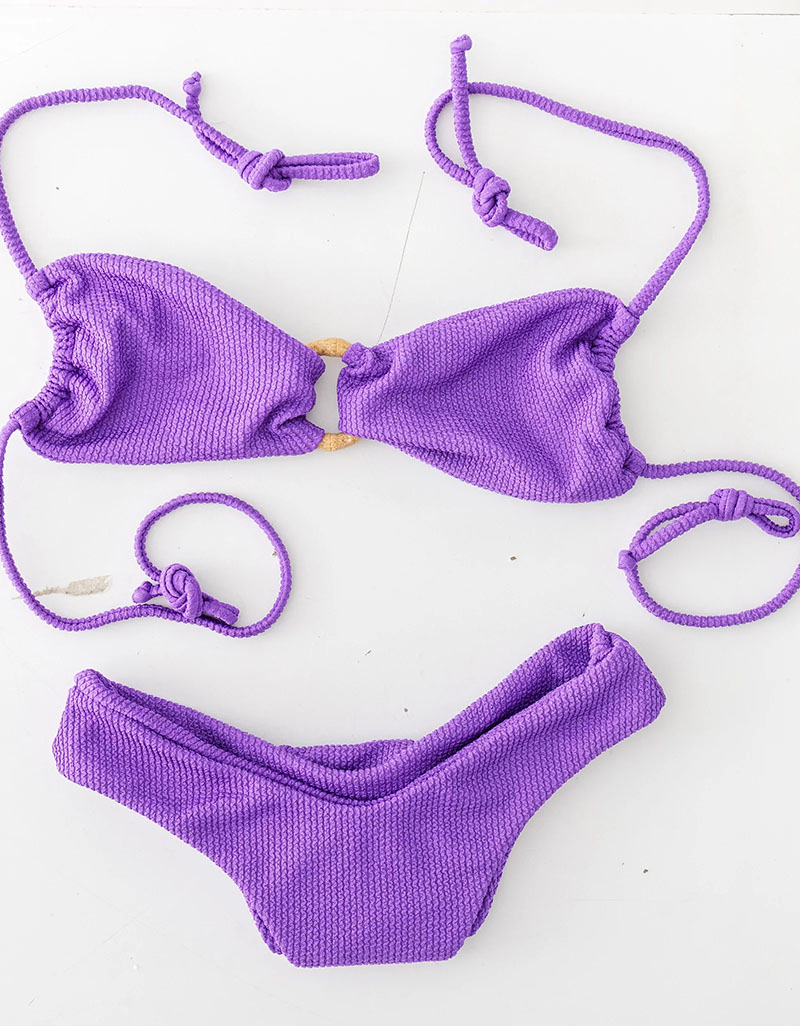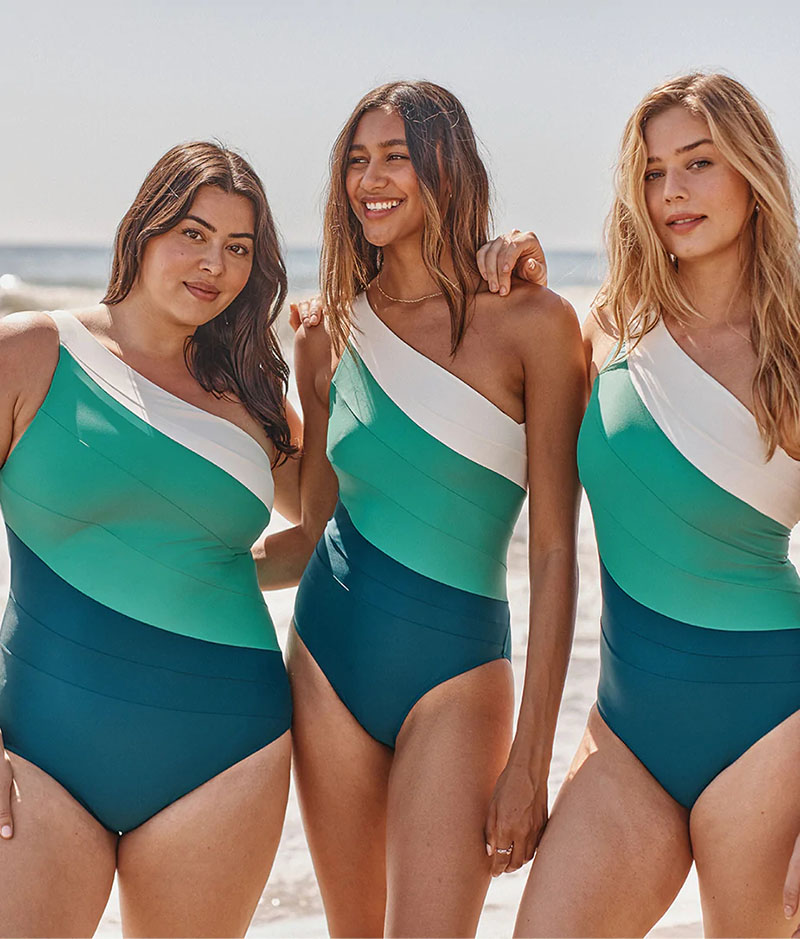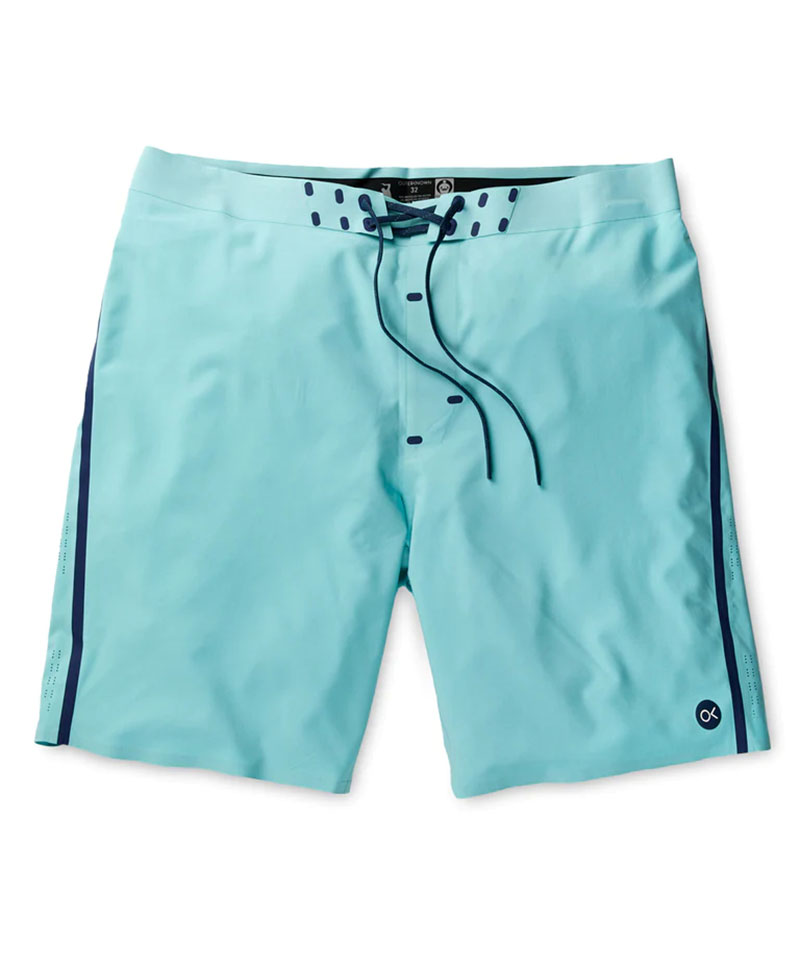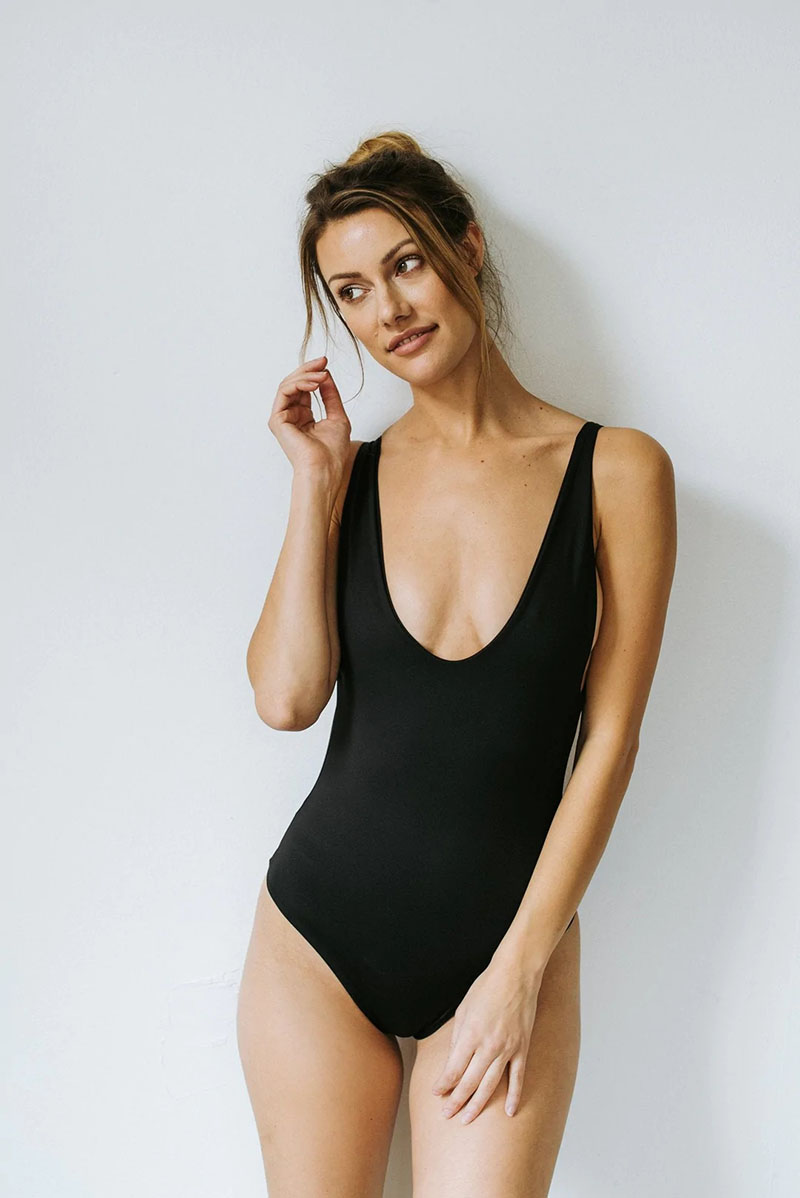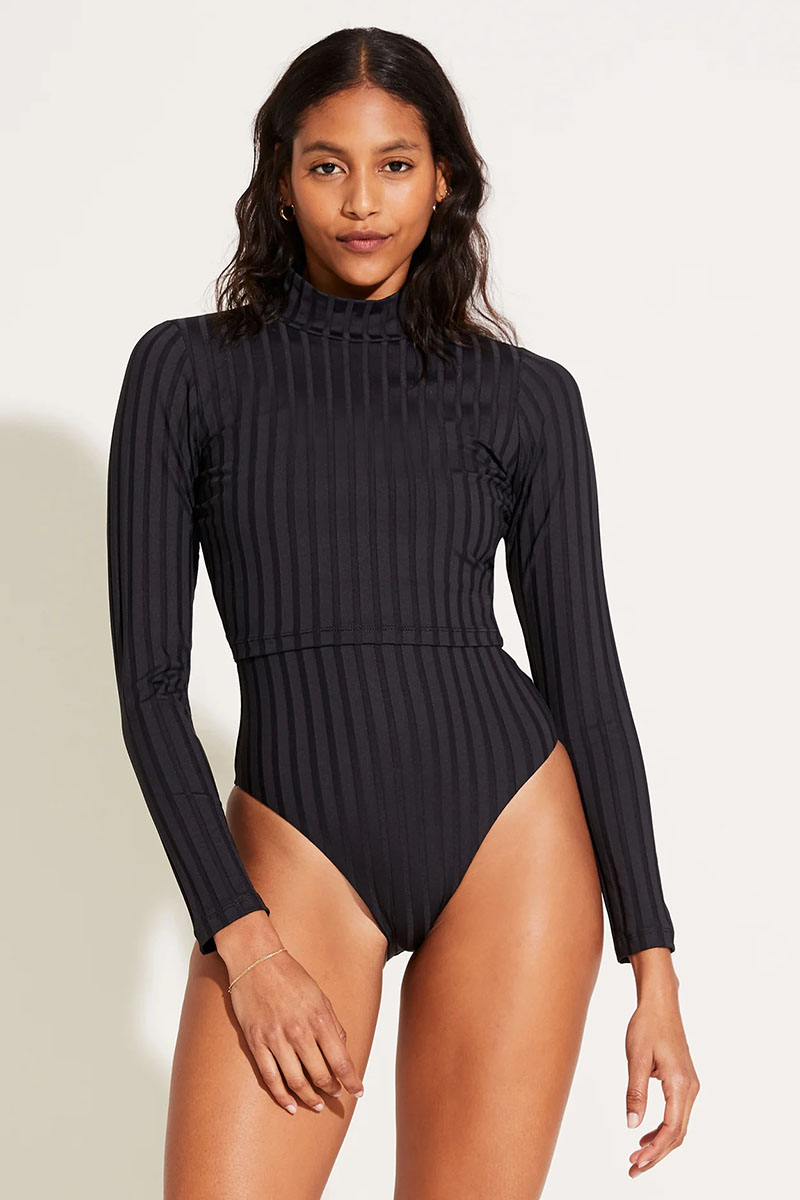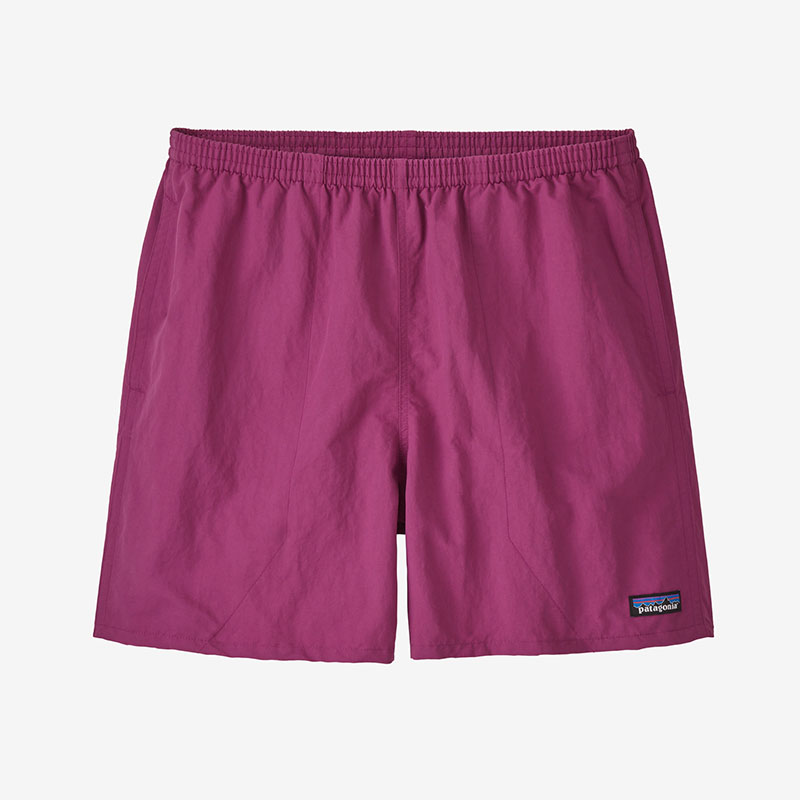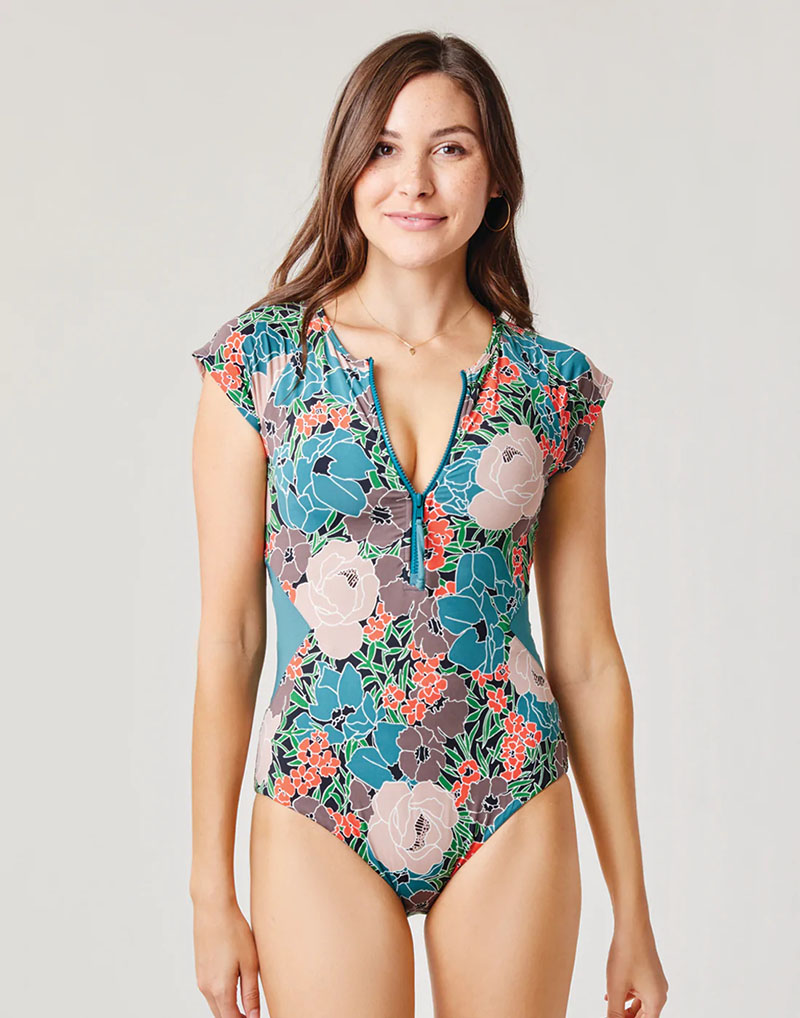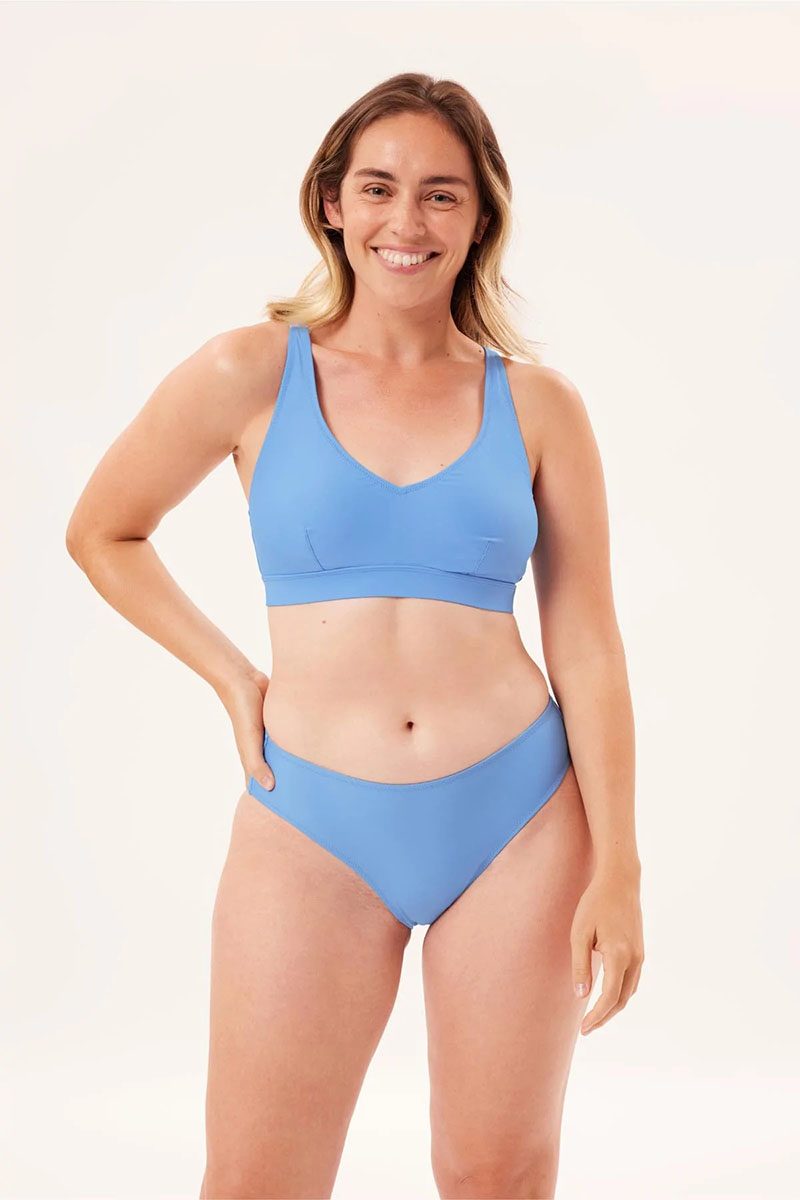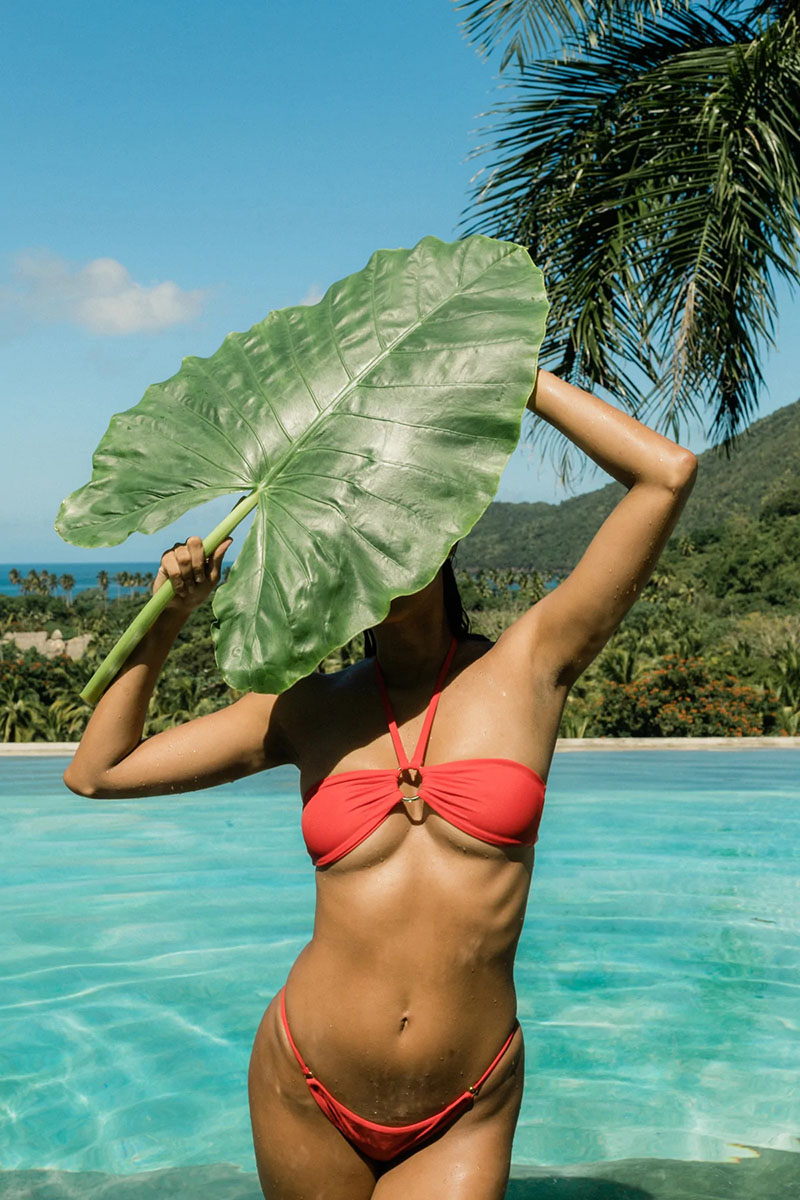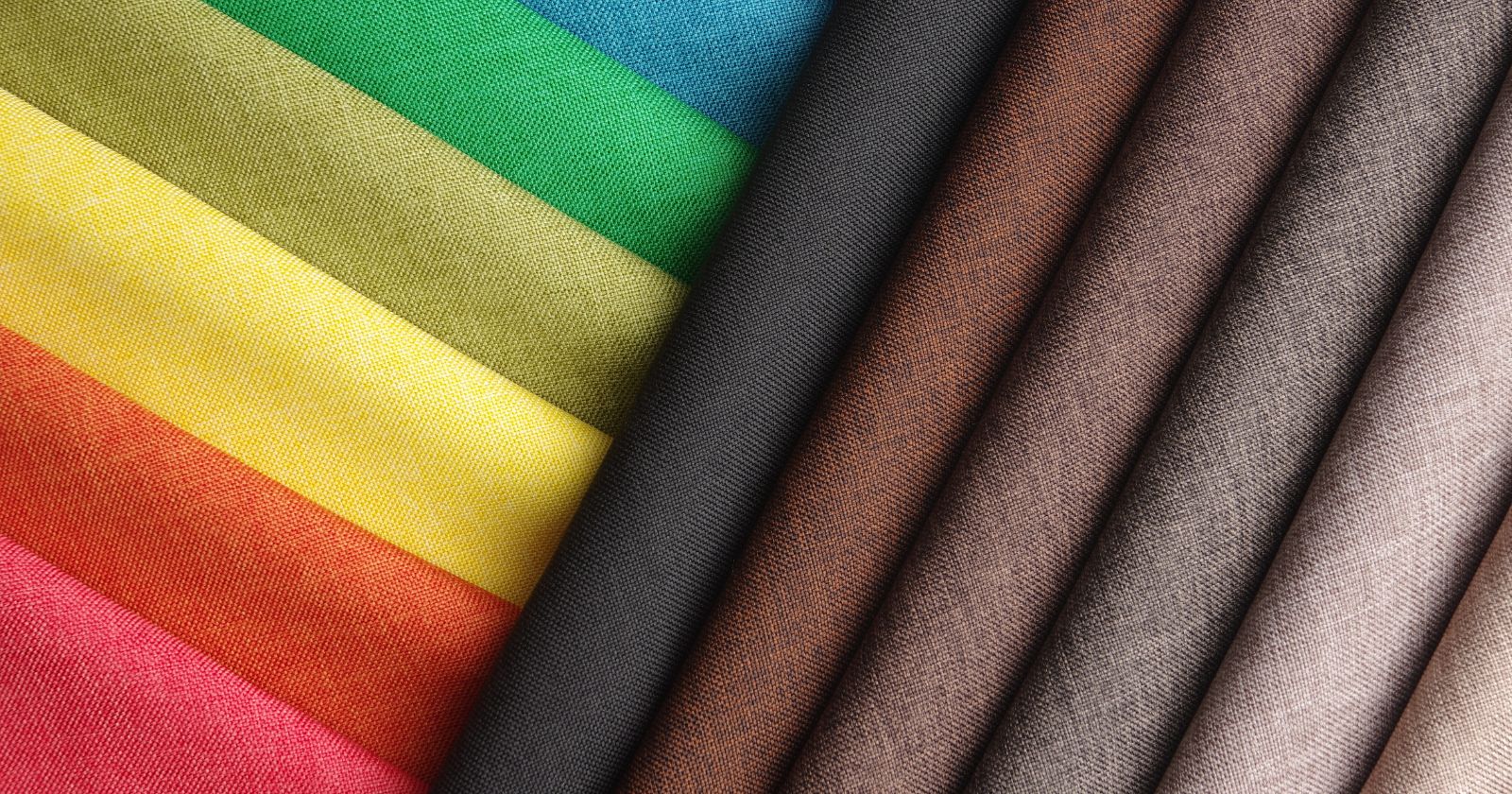Different types of jeans use small changes in cut, fit, rise, leg length, leg opening, and other measurements to create distinctive styles and silhouettes, including Straight Leg, Skinny, Slim, Bootcut, and Flared. These adjustments, even small ones, affect how you look in your jeans and how you pair them with other clothes.
Many of the types of jeans we describe below overlap and often, more than one term will be applicable to the same pair of jeans. Where possible we have indicated when different types are related and how they interact.
For ease of reading, you can click this list to navigate straight to a specific section:
- What Makes One Jeans Style Different From Another?
- Jeans by Fit & Cut
- Jeans by Rise
- Jeans by Leg Length
- Jeans by Denim Type
- Jeans by Wash
- Jeans by Finish
What Makes One Jeans Style Different From Another??
A distinct type of jeans is one that is distinctive from another in one or more of the following measurements:
- Cut – The leg shape (e.g. fitted or flared)
- Fit – How tight the jeans are around the seat and thighs (e.g. slim, regular, or relaxed fit jeans)
- Rise – The location of the waistband (e.g. low-rise, medium-rise or high-rise jeans)
- Leg length – Where the end of your jeans hit (e.g. regular, ankle, or cropped jeans)
- Leg opening – How the shape of the jeans changes as you move down the leg (e.g. tapered, regular, or boot cut jeans)
Additionally, jeans may also differ in the type of denim used (e.g. raw, stretch, or selvedge denim) and the color, wash, and finish (e.g. colored, distressed, or acid wash jeans).
Types of Jeans by Fit & Cut
The main styles of jeans, including skinny jeans, slim fit jeans, and straight leg jeans, are differentiated by their fit and cut. Wearing a different style can dramatically change your look, even though the size of the jeans remains the same:
Straight Leg Jeans
Straight leg jeans run straight to the bottom of the leg, without any tapering or flaring. This means that on a straight leg jean, the leg opening and knee measurements should be the same.
Straight leg refers to the cut of the jean, not the fit or rise, so a pair of straight jeans could have a slim, regular or relaxed fit, and a low, medium or high rise.
The consistent width means straight fit jeans will feel snugger round the thigh, but looser towards the ankle. This is true even if they are marketed as slim straight jeans.
Regular Fit Jeans
Regular fit jeans are what most people think of as normal everyday jeans. They are neither slim nor loose and are designed to fit comfortably on the average person. A typical pair of regular fit jeans will have a slight taper unless it is specifically mentioned that they have a straight leg.
Slim Fit Jeans
Slim fit jeans sit closer to your body than regular fit jeans, although they do not hug it as tightly as skinny jeans. Slim cut jeans can be straight or tapered, and often have a low rise so they sit further down than regular fit jeans.
Skinny Jeans
Skinny jeans sit very close to your body, and will feel snug from your thighs all the way down to your ankles. They feature a significant taper in the legs and are normally made from stretch denim to enable the wearer to get them on. They can feature a low, mid or high rise, and are typically full-length, although skinny crop jeans are also popular.
Skinny jeans are similar to drainpipe jeans, which also sit snugly across the upper legs. However, drainpipe jeans have a straight leg rather than a tapered one.
Relaxed Fit Jeans
Relaxed fit jeans are looser than regular fit jeans, offering more space in the seat and upper and lower leg. They are comfortable to wear and suit a more casual style.
Loose Fit Jeans
Loose fit jeans, or baggy jeans, are very loose across the seat, thighs and lower leg, although they should still fit properly at the waist. They are looser than relaxed fit and considered very casual. Women’s loose jeans are typically marketed as boyfriend jeans.
Tapered Jeans
Tapered jeans can refer to any pair of jeans that has a tapered leg. A tapered leg is when the leg opening is smaller than the measurement at the knee. Tapered jeans can range from regular fit jeans with a slight taper through to slim and skinny jeans.
Bootcut Jeans
Bootcut jeans are are designed to be worn with boots. The legs on a pair of bootcut jeans flare towards the ankle, enabling the wearer to fit boots under the jean leg. Boot cut jeans typically have a leg opening of between 18 and 20 inches, which is smaller than the leg opening on “flared jeans” or bell bottom jeans.
Wide Leg Jeans
Wide leg jeans are a loose jeans style, featuring a flare that starts around the thighs and continues to the ankle, making them loose around the whole leg. This is different to flared and bell bottom jeans where the flare starts below the knee.
Flared Jeans
Flared jeans are slim fit until the knees, after which they flare out. The size of the leg opening is at least 21 inches. The leg length is long, and the hem of a pair of flared jeans should sit just above the ground.
Kick Flare Jeans
Kick flare jeans are similar to flared jeans, except they are cropped to end above the ankle, instead or coming down close to the floor. Because the hem is much higher up the leg, the flare appears subtler.
Bell Bottom Jeans
Bell bottoms are jeans with an extreme flare that causes the bottom of the leg to pool around the foot of the wearer.
Split Hem Jeans
These jeans feature a slit at the bottom of the leg either at the front or the side, enabling the wearer to better show off their shoes. The fit and cut is similar to flared jeans, with a slim fit around the thighs and a flare at the base of the leg.
Mom Jeans
Mom jeans have a high rise and a loose fit around the seat and thighs. They also feature tapered legs which normally cut off above the ankles. They are often worn with a rolled hem.
Boyfriend Jeans
Boyfriend jeans have a mid rise and a loose fit which extends down through the legs without tapering. The leg length goes below the ankle, often to the ground.
Girlfriend Jeans
Girlfriend jeans are similar to boyfriend jeans, but they sit tighter and higher. They feature a mid-high rise and a regular fit, with a tapered leg.
Drainpipe, Stovepipe & Cigarette Jeans
Drainpipe jeans feature a slim or skinny fit with a straight leg. These are tight jeans that fit snugly on the thighs but offer a little more room around the lower leg. They are also known as cigarette jeans, stovepipe jeans, and pencil jeans.
Cargo Jeans
Cargo Jeans have a loose fit and cargo pockets on the legs, and are reminiscent of military combat trousers. Because of the extra pockets, they are normally considered functional and practical rather than stylish.
Carpenter Jeans
Carpenter Jeans are another functional type of jeans. They have a loose fit and feature extra pockets. In particular, carpenter jeans are characterised loops of denim called hammer loops, which are designed to hold a hammer without the aid of a tool belt.
Types of Jeans by Rise
The rise is the location of the waistband on a pair of jeans, and is measured by the distance between the crotch and the top of the waistband.
High-Rise Jeans
High-rise jeans (aka high-waisted jeans) are jeans with a front rise measurement of at least 10 inches, which means they sit above your natural waist and cover your belly button. This has the effect of making the wearer’s legs appear longer and their torso shorter. A popular example of high-rise jeans today are mom jeans, which feature a high waist and a relaxed fit.
Mid-Rise Jeans
Mid rise jeans have a front rise of between 8 and 9 inches, and sit at your natural waistline, under your belly button but above your hips.
Low-Rise Jeans
Low-rise jeans have a front rise of between 7 and 8 inches. They sit on your hips, well below your natural waistline.
Ultra-Low Rise Jeans
Jeans with a front rise of less than 7 inches are classified as ultra-low rise, and can have a rise as small as 5 inches or less.
Types of Jeans by Leg Length
The length of the inseam of a pair of jeans can vary, giving rise to a few different types of jeans. It is worth noting that these terms are somewhat interchangeable and brands may use different terms for similar looking jeans:
Cropped Jeans
Cropped jeans have a shorter leg length that ends above the ankles, up to the mid-calves. The term cropped refers to the leg length, which can be applied to almost any style of jean including straight and ones with a tapered leg opening.
Capri Jeans
Capri jeans have a significantly shorter leg than regular fit jeans. The hem of a pair of capri jeans will sit anywhere from mid-calf to just under the knee, depending on the pair. Capri jeans with a short leg length are more likely to be slim fitting, to avoid appearing like long shorts.
Ankle Length Jeans
Ankle length jeans are slightly shorter than a typical pair, with a leg length that ends just above the ankles.
Types of Jeans by Denim Type
These jeans differ in the type of denim cloth used to create them:
Organic Jeans
A pair of organic jeans uses denim made from organic cotton, which uses fewer chemicals, less water, and less energy.
Raw Denim Jeans
Raw denim jeans are made from denim that has not gone through the washing, distressing and other processes that most denim jeans have been put through. They have a dark indigo color and are stiff to wear at first, but over time they develop high-contrast fade patterns that are unique to the wearer.
Selvedge Jeans
Selvedge jeans use denim produced on a shuttle loom, and can be identified by the white strip which becomes visible when the jeans are cuffed. Selvedge jeans are often made of raw denim (but not always).
Stretch Denim Jeans
Stretch jeans are made from denim that has been mixed with spandex (aka lycra or elastane). The addition of as little as 1% spandex makes the jeans considerably stretchier and more flexible than a typical pair made of 100% cotton denim. Stretch denim is used on jeans styles with a snug fit, such as skinny fit jeans.
Heavyweight Jeans
Heavyweight jeans use denim that weighs more than 16 oz. per square yard. They are more rigid and less flexible, but stronger than lighter-weight jeans.
Midweight Jeans
Midweight jeans are the most common weight of jeans, and most jeans will fall into this category. The denim used for these jeans typically weights between 12 and 16 oz. per square yard. These jeans are more durable than lightweight jeans but more flexible than heavyweight jeans.
Lightweight Jeans
Lightweight jeans use denim that is softer, more flexible, and less hard-wearing. The denim used weighs between 5 and 12 oz. per square yard. Lightweight jeans are more suited for summer wear and often have a light wash.
Types of Jeans by Wash
During production, denim can be subjected to difference washing processes to turn the dark indigo into different shades:
Dark Wash Jeans
Dark wash, or dark blue, jeans, retain much of the natural blue indigo color. Dark wash jeans look more formal than other jeans, although they are also worn casually.
Medium Wash Jeans
Medium wash jeans have undergone more washing making them lighter than dark wash jeans. They are more casual in look, although they can be suitable for some workplaces.
Light Wash Jeans
Light wash jeans are significantly lighter than medium and dark-washed jeans. These are always casual.
Acid Wash Jeans
Acid wash jeans have a mottled appearance with contrasting light and dark patches. This is achieved by adding chlorine to the washing process to bleach them (not acid, as the name suggests).
Stonewashed Jeans
Stonewashed jeans are stone washed – literally washed with stones (often pumice). Stone washing creates a worn, aged effect that minimizes the look of extended use in a new pair of jeans. These jeans start off faded, so will fade less than a typical pair off non-faded jeans. As with other types of wash, stonewashed jeans can be any other fit or style.
Dirty Washed Jeans
These distressed jeans have a ‘dirty’ brown effect which make them look messy.
Colored Jeans
In addition to the typical blue or black denim jeans, different dyes, washes and bleaches can be used to achieve almost any colour, including white, yellow, green and orange.
Types of Jeans by Finish
Once a pair of jeans has been finished, it can be modified and distressed to create new looks:
Distressed Jeans
Distressed jeans can cover any jeans that have been purposefully used. Distressing techniques include ripping, stonewashing, sandblasting, bleaching, and more. Often a manufacturer will combine several of these techniques to create a unique look.
Ripped Jeans
Ripped jeans are deliberately damaged to create ripped areas and holes. Manufacturers use lasers to achieve this at scale to enable the rips to be placed exactly where they want them.
Sandblasted Jeans
These jeans are literally blasted with sand using an air compressor to give them a worn look. This type of distressing has been linked with significant health problems with the workers that perform the task, and we recommend you no longer purchase this type of jeans.

James is a copywriter based in the UK. He writes on sustainability, finance, tech, and anything else that interests him. He likes tea.


